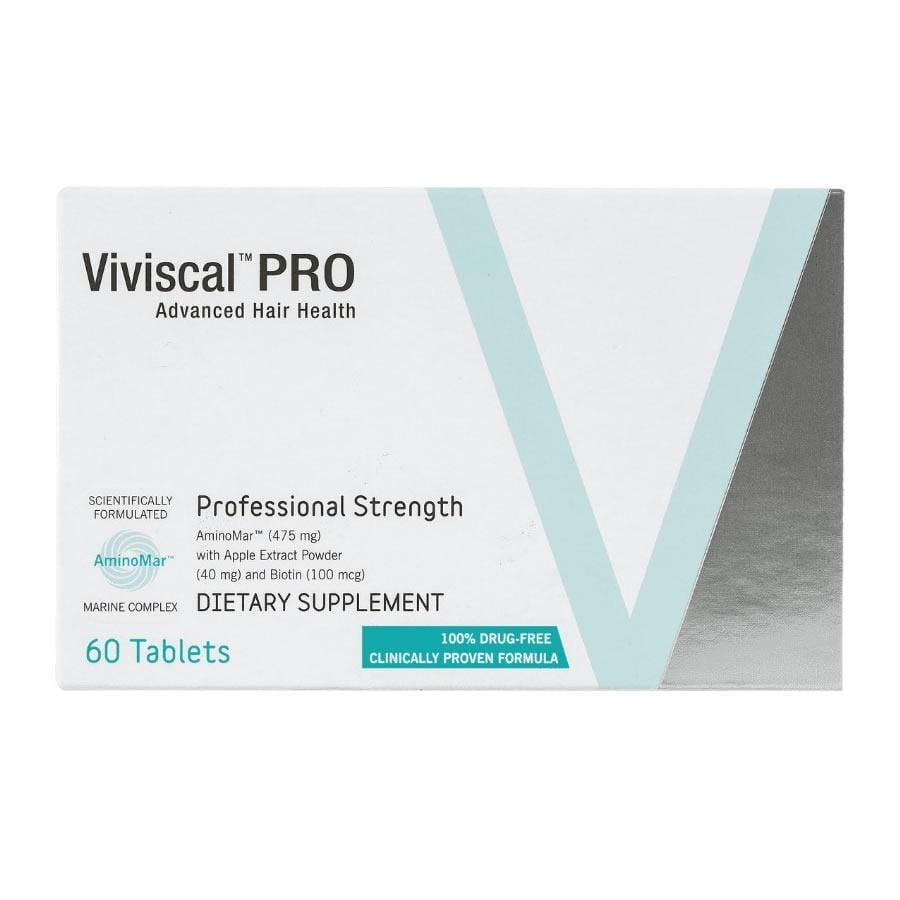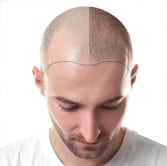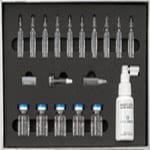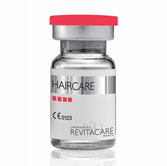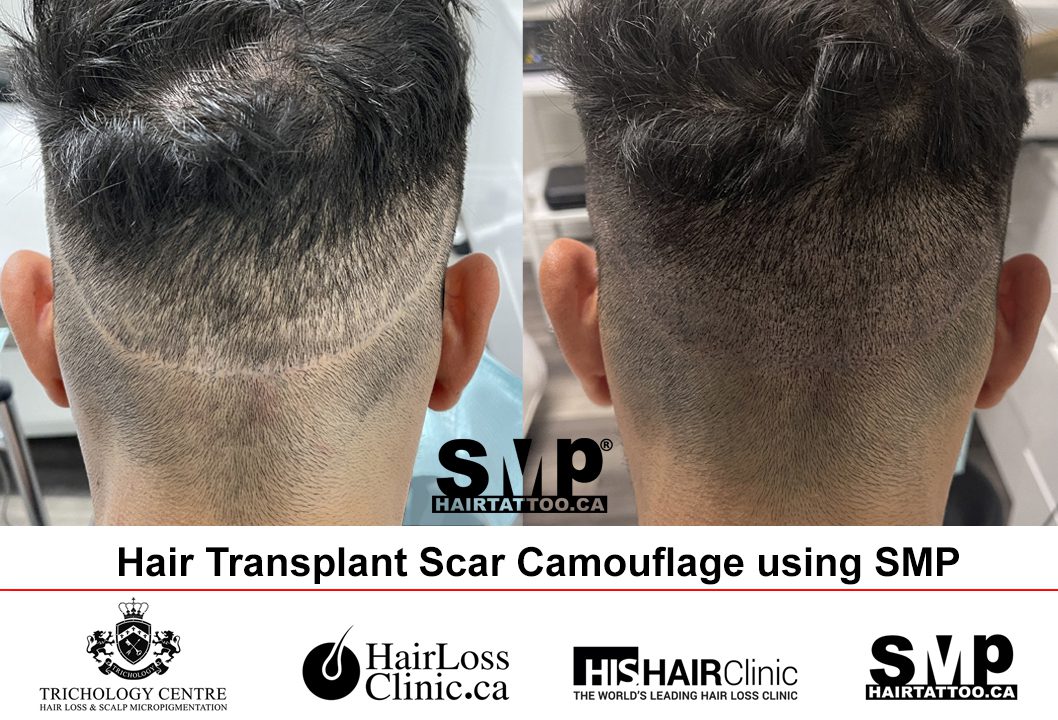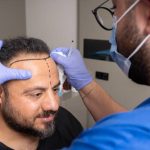March 14, 2023 By simonw Comments are Off scar tattoo
Table of Contents
Scar Tattoo – An Effective Solution to Conceal Scars
Scar tattoos have emerged as an effective solution for individuals seeking to conceal scars, stretch marks, and other skin imperfections. By utilizing techniques similar to permanent makeup, skilled tattooists can artfully tattoo over scars, providing coverage and enhancing the appearance of the skin. Scar tattoos apply flesh-toned pigments carefully matched to the surrounding skin, creating a seamless and natural look.
This subset of permanent cosmetics, medical or paramedical tattooing, requires a deep understanding of pigments, skin physiology, and the creative artistry of colour matching. The psychological benefits of scar tattoos are well-documented, with studies showing that enhancing one’s appearance and body image can significantly boost self-confidence.
With the ability to treat various types of scars, including those resulting from surgeries, injuries, stretch marks, and even pigment loss conditions, scar tattoos offer a versatile solution for individuals looking to improve their overall aesthetic.
Moreover, scar tattoos offer a safe, non-invasive, and cost-effective means to effectively conceal hair transplant scars, allowing individuals to improve the aesthetic appearance of their scalp. While scar tattoos have potential risks, such as infection and fading, choosing a skilled tattoo artist and adhering to proper aftercare can minimize these concerns.
This comprehensive guide will explore the intricacies of scar tattoos, their benefits, and the types of scars that can be treated. Moreover, we will provide answers and alleviate common inquiries and concerns regarding this innovative cosmetic technique.
What is a Scar Tattoo?
The procedure involves tattooing the skin with various colours of flesh-toned pigments. Its function is to cover over a region of skin that lacks pigment or colour, such as a scar. It is a subset of permanent cosmetics that are classified as either medical or paramedical tattooing.
The specialist performing these operations must be knowledgeable about the science of pigments and the physiology of human skin and tissue. In addition to having a keen creative eye for colour and skin tone, these procedures call for considerable knowledge, training, skills, and expertise in permanent cosmetics.
How can people benefit from Scar Tattoo?
According to psychological studies, a person’s self-confidence rises when their appearance and body image are enhanced. They can help with this. Congenital defects, trauma from burns or accidents, medical operations, and various skin illnesses can all cause skin colour loss or depigmentation. Several sorts of scars and skin irregularities can be improved or corrected through medical therapies and surgical procedures. Sometimes some skin patients still want the skin tone of the treated area to be “re-applied” so that it looks more “natural.”
What types of scars can be tattooed?
The origin of the scar is less crucial than how it feels and looks when assessing a scar for corrective micropigmentation. Any kind of pigment loss is typically treatable by micropigmentation after full healing, including:
- FUT and FUE scars
- Stretch Marks
- Scars (from surgery or an injury)
- Areas on the body lacking pigmentation (from skin conditions like vitiligo)
What is a scar tattoo for hair transplant scars?
Scalp micropigmentation for hair transplant scars, also known as scar camouflage, is a cosmetic tattooing technique that can help conceal scars resulting from hair transplant surgery. By carefully implanting ink into the skin to match the surrounding hair follicles, scar tattoos create the illusion of fuller hair density in the scarred area, resulting in a more natural-looking hairline.
They are a non-invasive, safe, and cost-effective solution for individuals who have undergone hair transplant surgery but are still unhappy with the appearance of scars on their scalp. This technique can provide an effective boost to self-confidence and improve the overall appearance of the scalp.
FAQs
How long does a Scar Tattoo last?
On average, Scar Tattoos typically last between 2 – 5 years.
Can scar tattoos be removed or altered?
Yes. Saline tattoo removal can get rid of scar tattoos. Saline tattoo removal uses osmosis and scabbing to naturally take the pigment from your dermis and out of your body.
What is the process like?
Several needle sizes are selected depending on the size of the scars you require to be treated. As with every tattoo operation, pigment particles are deposited into the skin as the tattoo needles penetrate your dermis and break through your skin’s protective layer.
Is getting a Scar Tattoo safe?
Scar-covering tattoos, like any tattoos, come with dangers like infection and blowouts. A blowout occurs when the tattoo becomes blurry as a result of the ink penetrating the skin too deeply. The more skilled your tattoo artist is, the less likely you are to suffer complications.
Does getting a Scar Tattoo Hurt?
Tattooing on scar tissue typically hurts more than tattooing on unscarred skin. And occasionally, it could be excruciatingly painful.
According to experts, scar pain is widespread, particularly in persons whose scars have compressed or damaged their nerves, such as amputation scars.
What is involved in a scar tattoo procedure?
Scar tattooing is a specialized form of cosmetic tattooing used to conceal the appearance of scars from hair transplant surgery. It involves using a micropigmentation technique to implant ink into the skin to match the surrounding hair follicles and create the illusion of fuller hair density in the scarred area. The procedure is generally well-tolerated and minimally invasive, with most patients experiencing little to no pain. The length of the procedure varies depending on the size of the scarred area and the desired density of the tattoo, typically lasting anywhere from one to three hours.
Can scar tattoos cause any side effects or risks?
Like all cosmetic procedures, there are some potential risks associated with scar tattoos. However, these risks are generally low, and most patients experience no side effects. Some possible risks include infection, allergic reaction, and fading or discoloration of the tattoo over time. It is important to choose an experienced tattoo artist who uses high-quality ink and follows proper sanitation procedures to minimize the risk of complications.
How long does a scar tattoo last?
The longevity of a scar tattoo depends on several factors, including the quality of the ink, the patient’s skin type and care routine, and the location and size of the tattoo. Generally, they can last for several years with proper care and maintenance. Touch-up sessions may be needed every few years to maintain the desired appearance.
Is scar tattooing suitable for all types of scars?
While it is commonly used to conceal scars from hair transplant surgery, it can also be used to conceal scars from other types of surgeries or injuries. It’s important to note that it may not be suitable for all types of scars. It’s best to consult with a SMP or tattoo artist to determine whether this technique is a viable option for your specific situation.
Conclusion
In conclusion, scar tattoos effectively conceal scars, stretch marks, and other skin conditions. Skilled tattooists can tattoo over scars by employing techniques similar to permanent makeup to provide coverage. Scar tattoos use flesh-toned pigments to match the surrounding skin and create a more natural appearance. They fall under permanent cosmetics, requiring pigment expertise, skin physiology, and creative colour matching. Psychological studies have shown that scar tattoos can boost self-confidence by enhancing appearance and body image. Various types of scars, including those from surgeries, injuries, stretch marks, and pigment loss conditions, can be treated with scar tattoos.
Moreover, we will provide answers and alleviate common inquiries and concerns regarding this innovative cosmetic technique. While scar tattoos come with risks such as infection and fading, these can be minimized by choosing a skilled tattoo artist and following proper aftercare. Overall, scar tattoos can be a valuable option for individuals looking to enhance their self-confidence and achieve a more aesthetically pleasing appearance by concealing scars.
Comments are closed.

